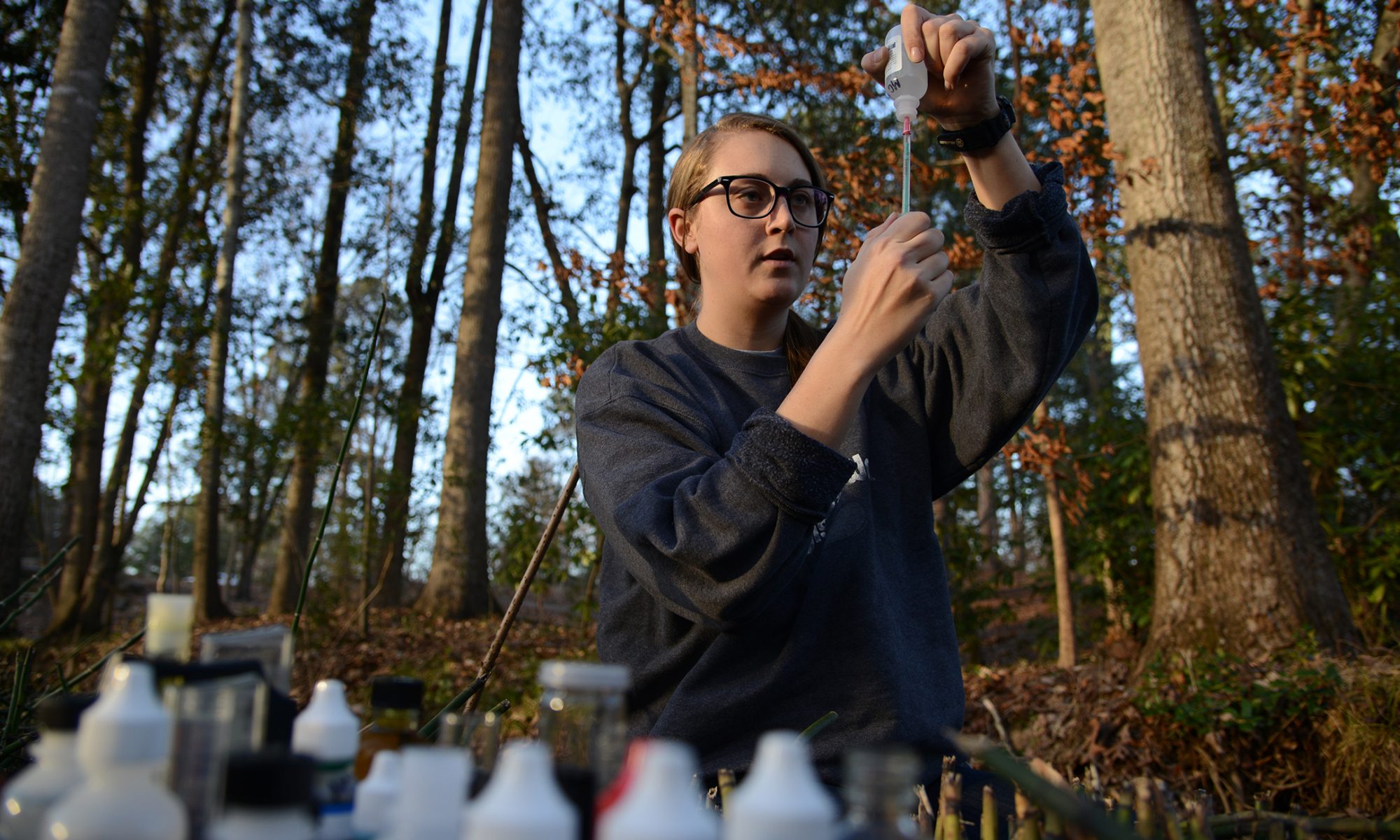Those of you familiar with the Alabama Water Watch program may not be surprised that the first article of the 12 Months of Aquatic Critters blog series features the critter on our logo: the caddisfly!
Caddisflies are a large group of insects with an aquatic larval stage. There are around 1,500 species of caddisfly in North America alone and over 14,000 species worldwide. Caddisflies are an important food source for many freshwater fish. In fact, both larval and adult caddisflies are often imitated as lures in fly fishing. Caddisflies can be found in a variety of colors including gray, brown, purplish brown, yellowish tan, and green. These critters have a low tolerance for water pollution and are typically found in higher quality sites with medium to fast-moving water.










